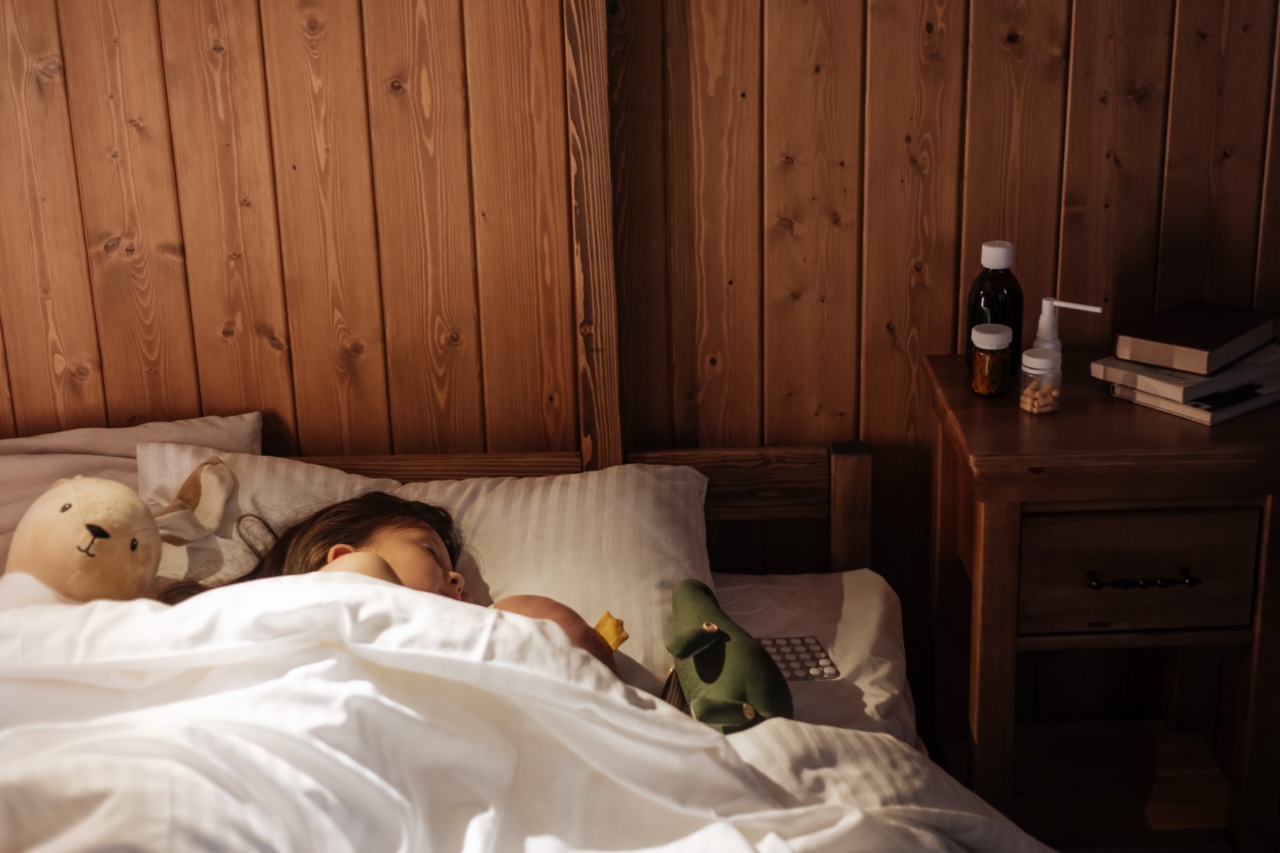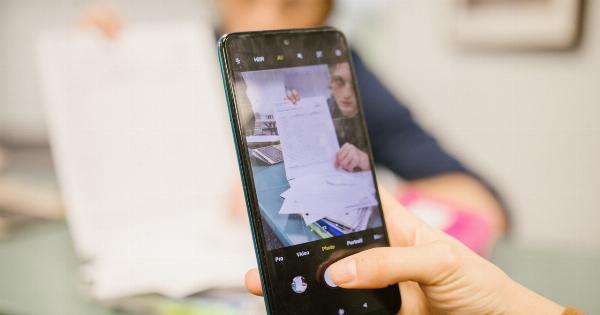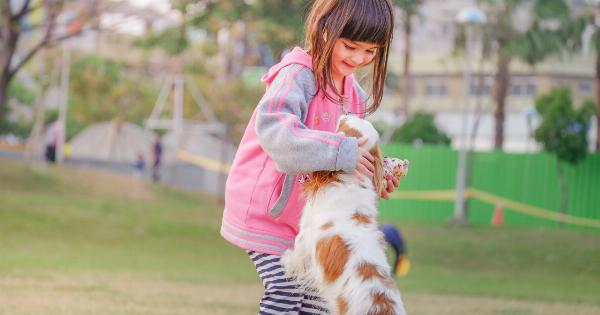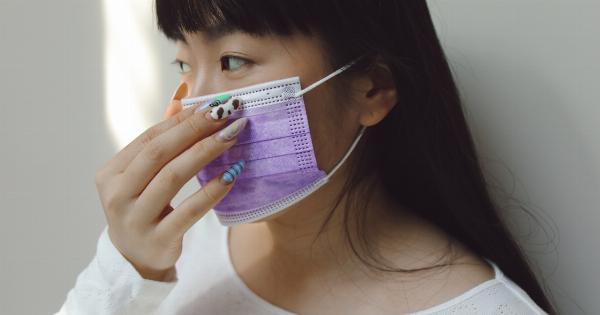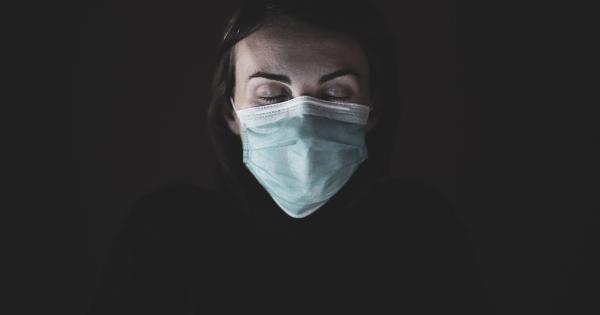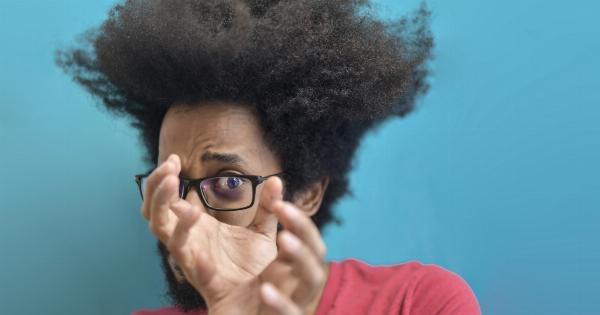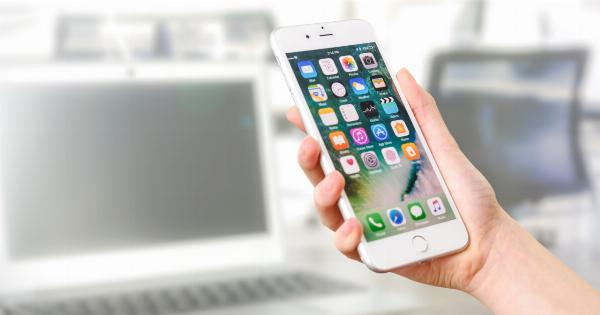Childhood myopia, also known as nearsightedness, is a common vision condition that affects children and adolescents. It causes distant objects to appear blurry, while close-up objects remain clear.
This article explores the diagnosis, prevention, and treatment options for childhood myopia.
Diagnosis of Childhood Myopia
Diagnosing childhood myopia typically involves a comprehensive eye examination by an optometrist or ophthalmologist. The eye doctor will conduct various tests to assess the child’s vision and determine the severity of myopia.
These tests may include:.
1. Visual Acuity Test: The child is asked to read letters or symbols on a chart from a specific distance. This test evaluates how well the child can see at different distances.
2. Refraction Test: This test uses a phoropter or a trial frame with different lenses to measure the child’s refractive error. It helps determine the type and extent of myopia.
3. Retinal Examination: The eye doctor may use a special instrument called an ophthalmoscope to examine the back of the child’s eye, including the retina. This examination helps detect any abnormalities or underlying conditions.
4. Corneal Topography: This test measures the shape of the cornea, the clear front surface of the eye. Irregularities in corneal shape can contribute to myopia and may require specialized treatment.
Prevention of Childhood Myopia
Although myopia is primarily influenced by genetic factors, certain measures can be taken to slow down its progression in children:.
1. Outdoor Time: Encouraging children to spend more time outdoors has been associated with a reduced risk of developing myopia.
Outdoor activities expose children to natural light and prevent excessive near work, such as reading or using electronic devices.
2. Limiting Screen Time: Excessive screen time, especially at a young age, is believed to contribute to the onset and progression of myopia. It is advisable to limit screen time and encourage regular breaks during near work activities.
3. Proper Lighting: Ensuring adequate lighting conditions while reading or studying can reduce eye strain and potentially slow down the progression of myopia.
4. Healthy Visual Habits: Teaching children proper reading posture, maintaining the recommended distance while using electronic devices, and taking regular breaks can help prevent myopia from worsening.
Treatment of Childhood Myopia
The goal of treating childhood myopia is to correct the refractive error and slow down the progression of myopia. Some common treatment options include:.
1. Eyeglasses: Prescription eyeglasses with appropriate lenses can correct the refractive error and provide clear vision for children with myopia. Regular updates to the prescription may be necessary due to the progression of myopia.
2. Contact Lenses: Contact lenses, such as soft disposable lenses, are another option for correcting myopia. They offer improved peripheral vision and are favored by many children who participate in sports or have an active lifestyle.
3. Orthokeratology: Orthokeratology involves wearing special rigid gas-permeable contact lenses at night that reshape the cornea while sleeping.
This temporary reshaping allows for clear vision during the day without the need for glasses or contact lenses. However, the effects are reversible, and consistent lens wear is required to maintain the corrected vision.
4. Atropine Eye Drops: Atropine eye drops are sometimes prescribed to slow down the progression of myopia. These drops dilate the pupil and temporarily relax the focusing mechanism of the eye.
However, they may cause light sensitivity and near vision blur.
Conclusion
Childhood myopia can significantly impact a child’s quality of life, education, and overall well-being. Early diagnosis, preventive measures, and appropriate treatment options play a crucial role in managing this condition.
Regular eye examinations, outdoor activities, and healthy visual habits are essential in ensuring the optimal eye health of children.
